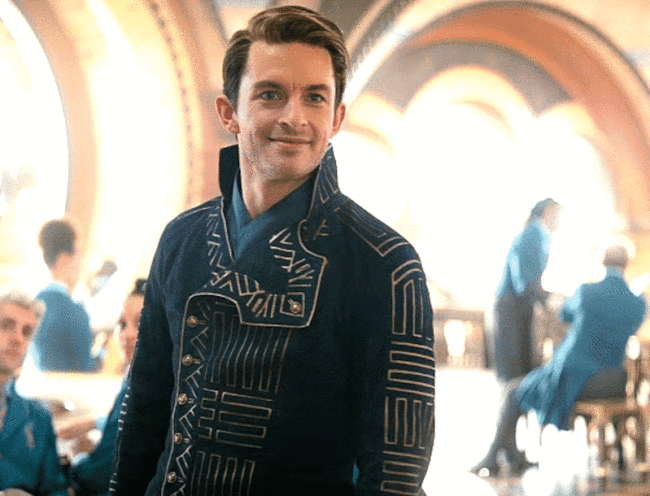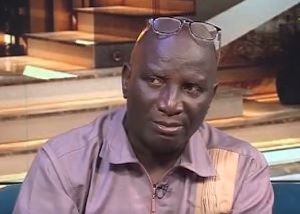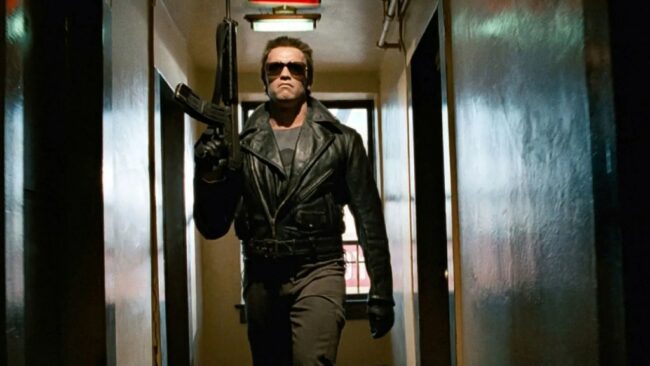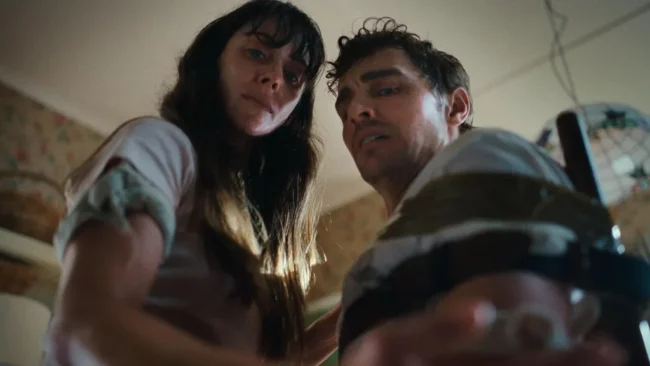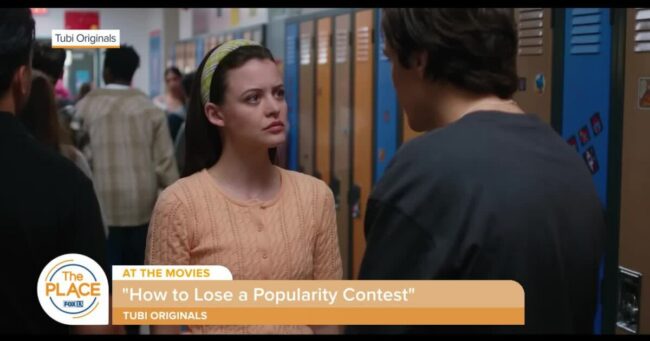10 Best Movies and Shows About Cricket on Netflix (January 2026)
… stakes, and character development.
Movies and shows that deal with … spectator. These shows and films streaming on Netflix, with … Cricket (2023)
Netflix’s documentary film ‘Caught Out: Crime. Corruption. … the Indian sports drama film is a poignant navigation …


